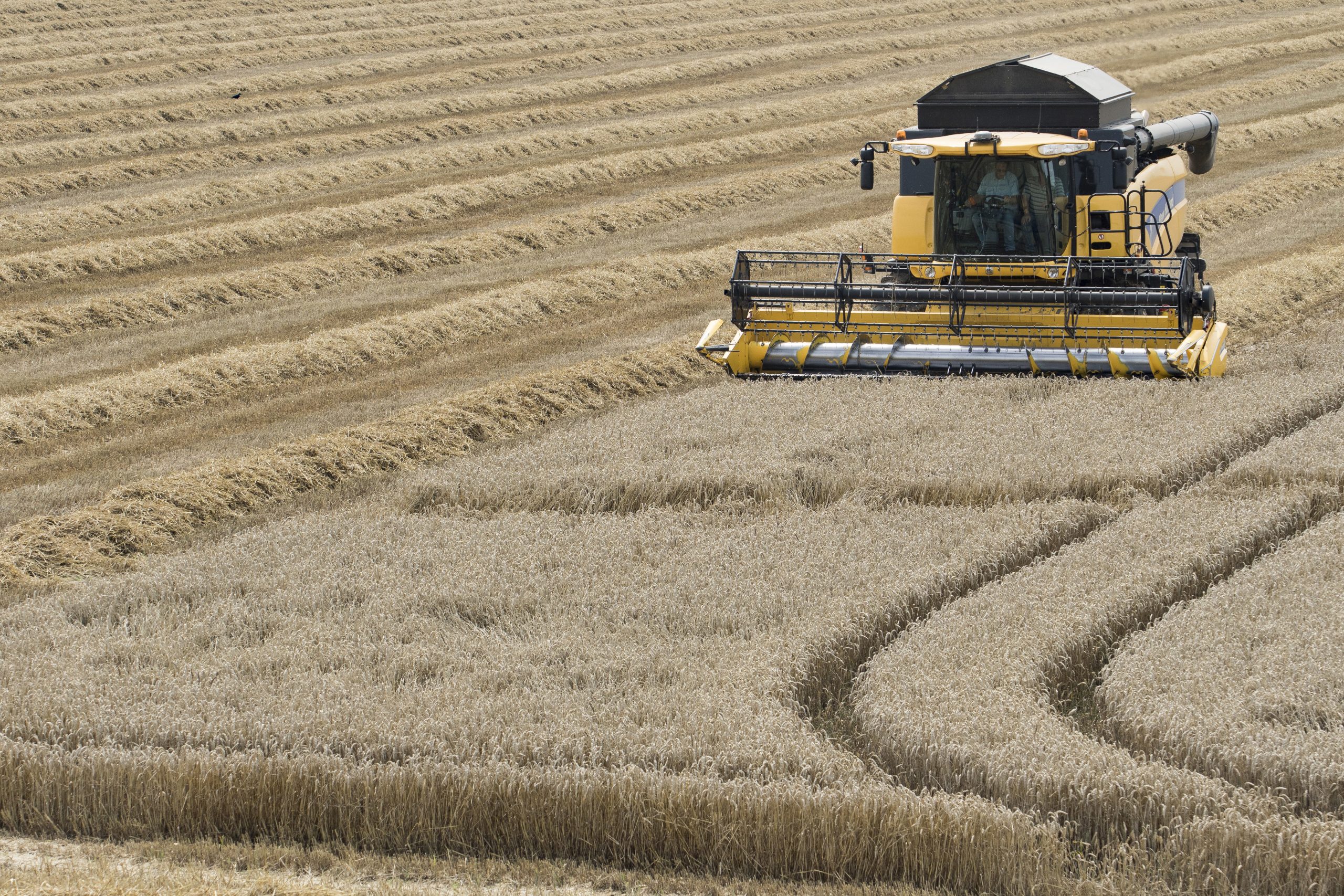European wheat exports reduced

The value of EU agri-food exports reached € 137.9 billion in 2017, an increase of 5.1% compared to 2016. Major gains gave been achieved in exports to the US, Russia and Asia.
This is according to the latest monthly trade report from the European Commission.
In terms of markets, the US, Russia and several Asian markets remain the most dynamic for EU agri-food export growth. Sales to the US increased by 6% (or € 1.22 billion), while Russian exports rose by 16% (up € 0.9 billion). As for Asian markets, exports to Japan grew by 11% (an additional € 0.6 billion), exports to China increased by 5% (or € 0.6 billion), to Hong Kong by 10% (€ 0.4 billion) and to South Korea by 13% (up € 0.3 billion).
2017 export values remain down for North African and Middle East destinations mainly due to less exports in cereals), in particular Saudi Arabia (-€ 532 million; -12%), Egypt (€ 0.448 million; -25%), Morocco (- € 176 million; -10%), Libya (- € 163 million and Algeria (- € 154 million; -6%). Agri-food exports to Vietnam and the United Arab Emirates also went down appreciably in 2017.
But not all sectors performed well in export values. Wheat and other cereals and pig meat exports decreased respectively by 27.5% (down € 1.5 billion), 13.5% (€ 0.3 billion less) and 2.8% (down € 0.1 billion).
EU agri-food imports also increased but at a slower pace than exports. This is reflected in the trade balance for agri-food products remaining positive with an export surplus of € 20.5 billion. The highest increases in import values in 2017 were recorded for palm oil (+ € 1.1 billion; +19%), fatty acids (+ € 895 million; +56%), cereals other than wheat & rice (+ € 742 million; +32%), (oilseeds other than soybean (+7 € 04 million; +21%), and tropical fruit (+ € 679 million; +5%).
[Source: European Commission]











